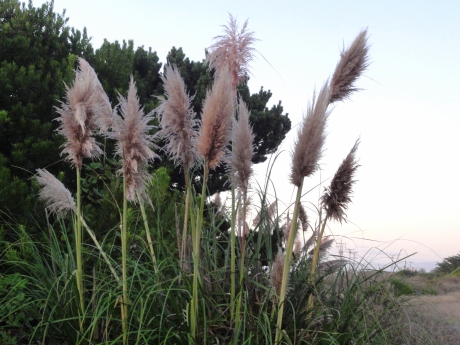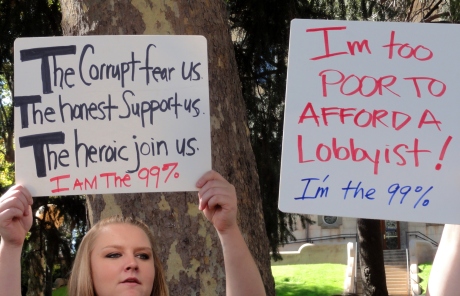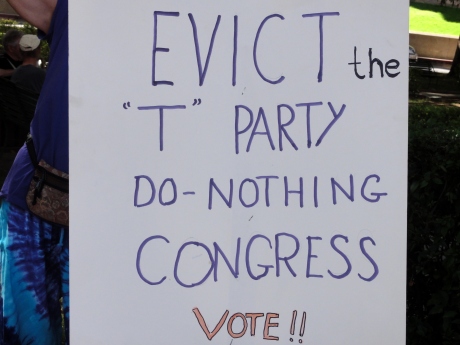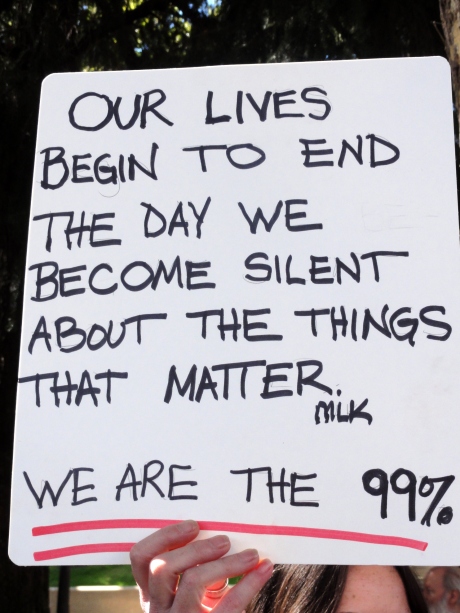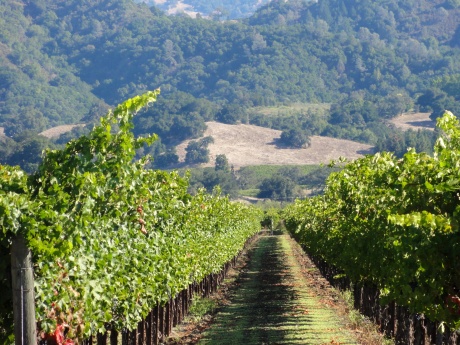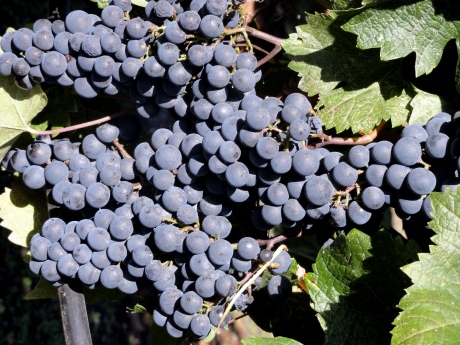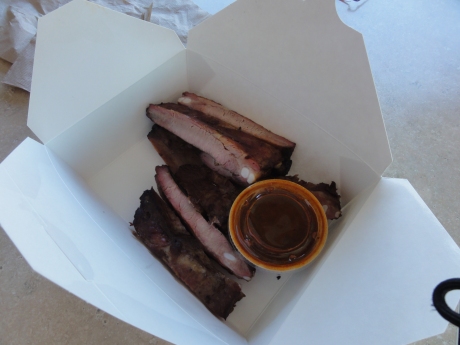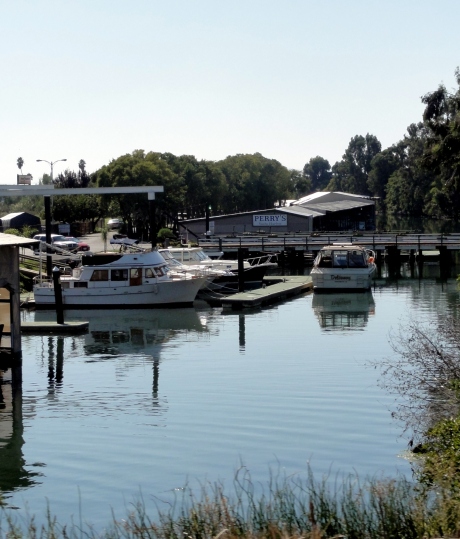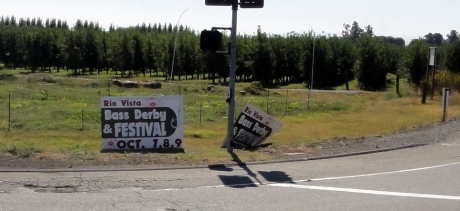When my grand kids were little and a trail of ants appeared on the counter top, I’d take swipe at them and eat them, just to watch their wide-eyed horror. Those were the days when American ants were still arriving unwanted in my house. Now I wish I could find an American ant. Those that occasionally rummage through crumbs on my counter taste putrid; they are South American invaders. Even touching them, or squishing them with a paper towel, or rag, sends up an offensive odor. American ants taste like pepper. The first ants I tried came chocolate covered in a jar, thus my foray into ant eating. And, today, after launching my petition with Change.org, I thought about something I used to tell my grand kids:
If you want to get rid of something, like these ants, just make them a food source and they’ll disappear.
During the hippy 60′s I tried dandelion weeds, chamomile, purslane, and other kinds of non-essential wild plants using as my guide Euell Gibbons book, Stalking The Wild Asparagus. It was fun and not a permanent part of my cooking. But, like solar cooking, maybe it should be, methinks.
I used the internet to search for recipes for invasive plants. Only one website actually provided a number of decent appetizing recipes.
http://www.ma-eppc.org/weedrecipes.html
This recipe for stuffed Garlic Mustard Leaves came from the website above.
Stuffed Garlic Mustard Leaves
Submitted by Alex Streat, The Garlic Mustard Cook’s Challenge 2001
20 medium garlic mustard leaves, washed and dried on paper towels
5 wooden spoonfuls of cooked sausage
4 wooden spoonfuls of cooked rice
2 Tbsp chopped garlic mustard leaves
1 Tbsp lemon juice
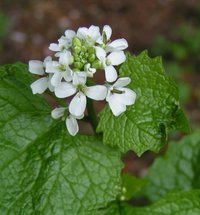
I had no clue what garlic mustard looked like until I saw this picture. It grows all over Washington State and Oregon. It adapted well to the lush tall tree understory in the Thousand Trails parks where we stayed. Now that I know what it is, I’ll try recipes using garlic mustard leaves when we return to Washington State. Japanese knotweed and other invaders, that mostly populate the East and South., sounded pretty tasty.
Most of the recipes I found were for
invasivores, a new word to me, which means invasive tilapia, carp, rusty crayfish, tiger snails, feral pigs, rabbits and so on. Fish and meat.
The rest of what I learned on my forage was mind-boggling.
Invasive species have contributed directly to the decline of 42 percent of the threatened and endangered mammal and ocean species in the U.S. (Travaglini, 2009).
To date, over 5,000 alien plants have invaded the natural areas of North America (Tallamy, 2007).
Non-indigenous weeds are spreading and invading approximately 700,000 hectares of U.S. wildlife habitat per year (Pimentel, et al 2005).
The estimated damage from invasive species worldwide totals more than $1.4 trillion – 5 percent of the global economy (Pimentel, et al 2001).
The annual cost to the United States economy is estimated at $120 billion a year (Travaglini, 2009).
I complained about the Australian plant, pampas grass? Australians are fighting with Florida invaders, the pond apple, in their country. Floridians love pond apple and the Australians hate it because it is wiping out their sweet melaleuca berry trees. Such irony.
http://www.mnn.com/food/recipes/blogs/top-10-invasive-species-you-can-eat
This website lists invasive species that are edible, but the recipes are no longer available from the site.
And, now a word about my petition. I received a call from a friend who is a scientist. She told me an environmental scientist friend of hers that she passed my petition to, explained why she would not sign my Change.org petition to halt the sale of non-native invasive species by our nurseries because it is too non-specific in its wording and does not address how it could be fairly implemented.
The petition is not a law. Change.org gives you 75 characters to state your petition. If it gets enough interest, it can then be pedaled to a congress person to turn it into a bill. The study for the bill would define the language used and be vetted for legality. A petition is just a first step in the process. And, I’ve had a huge education about invasive species since starting it. Most invaders get here by accident, commerce, trade, transportation. Not through nurseries. Yet not selling them can have a beneficial impact. I would never have bought pampas grass if I had known what a monster it was. I would have bought something else to decorate that spot.


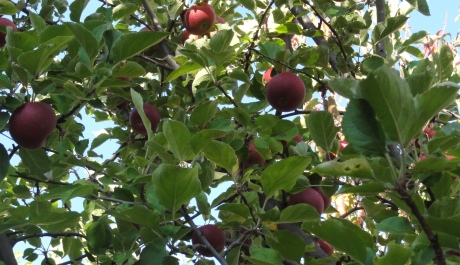
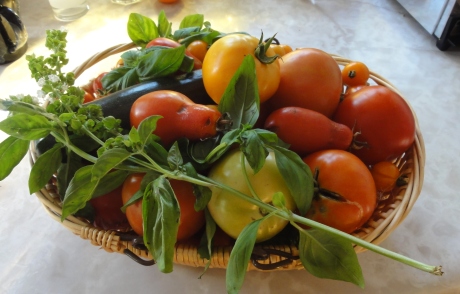


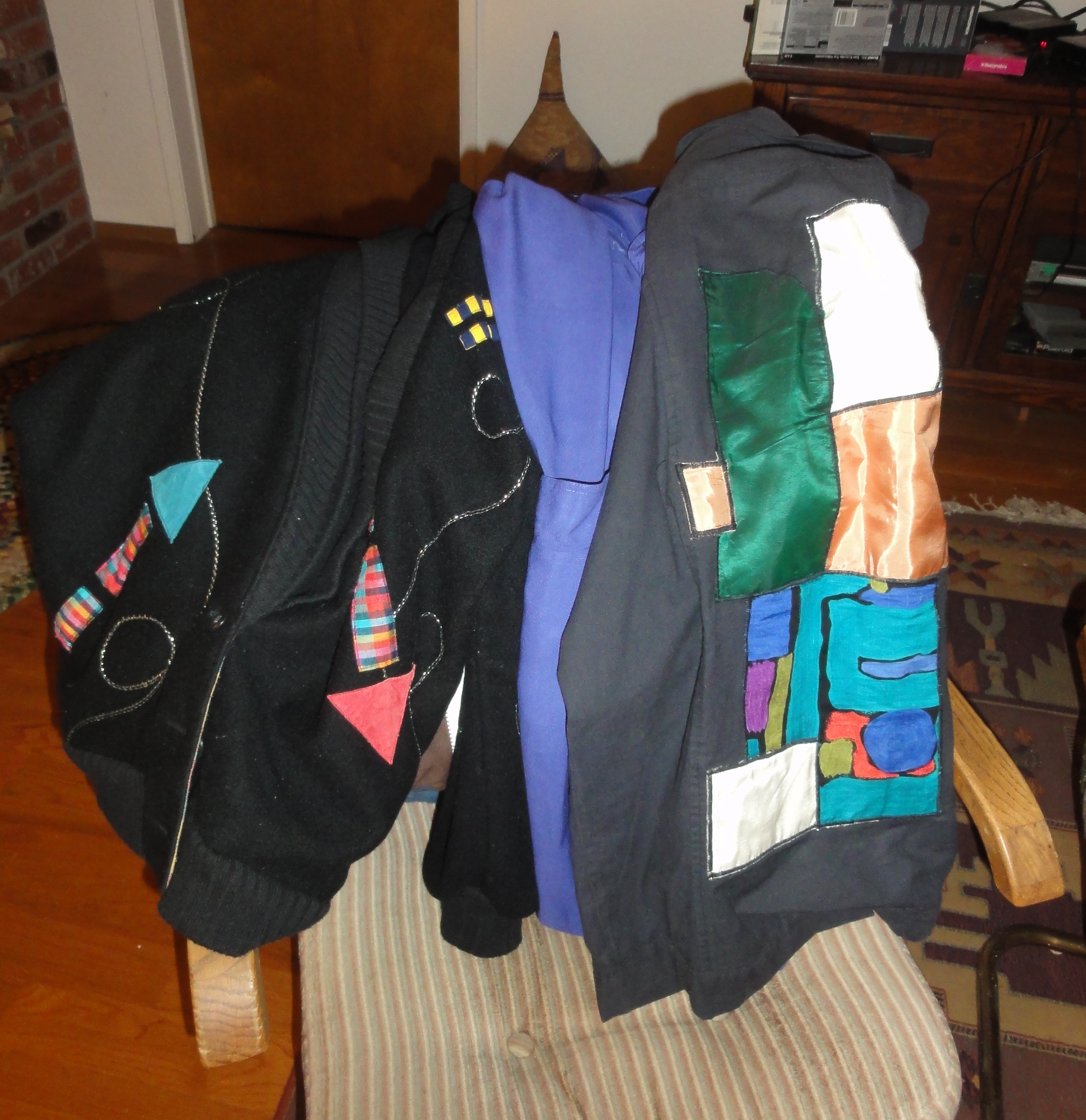

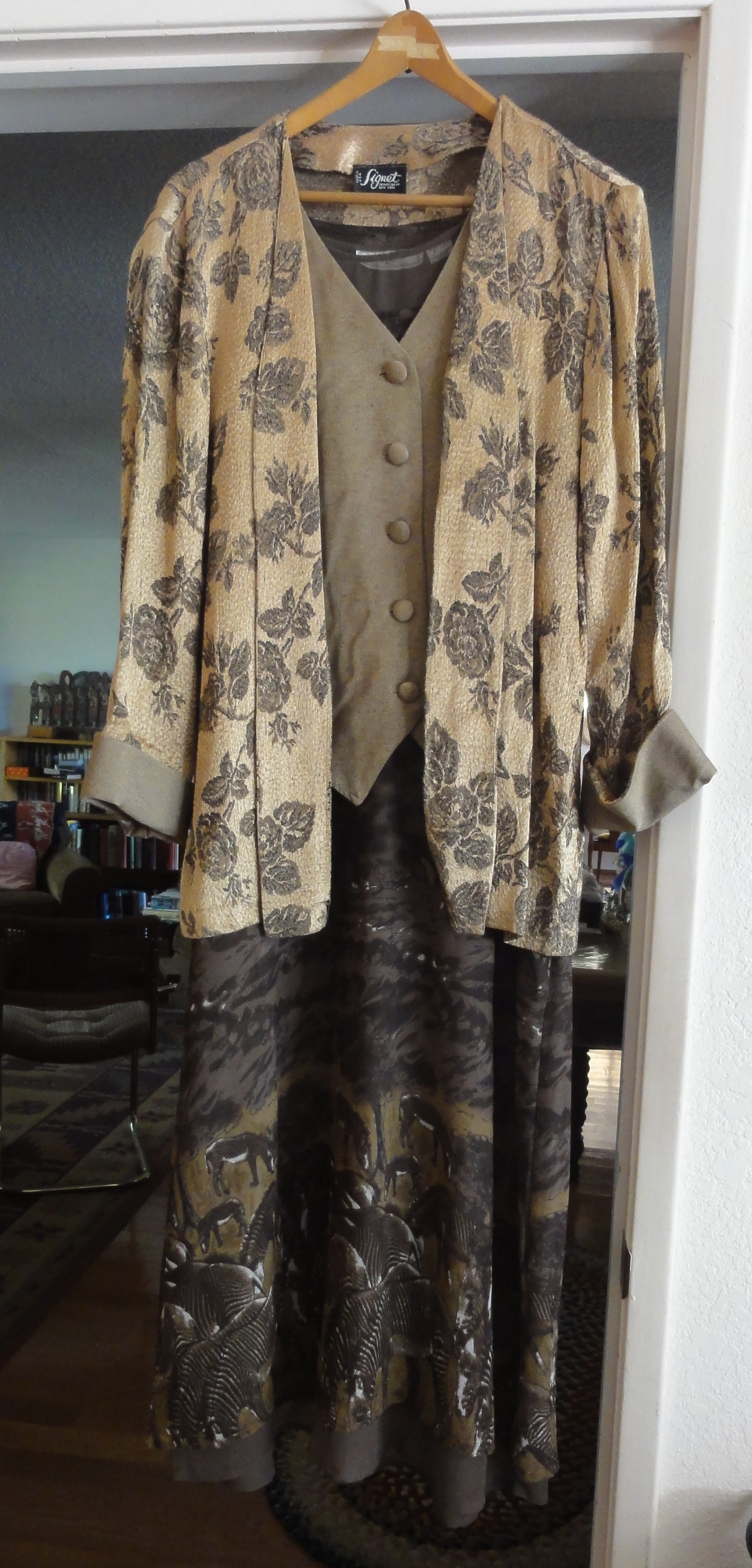






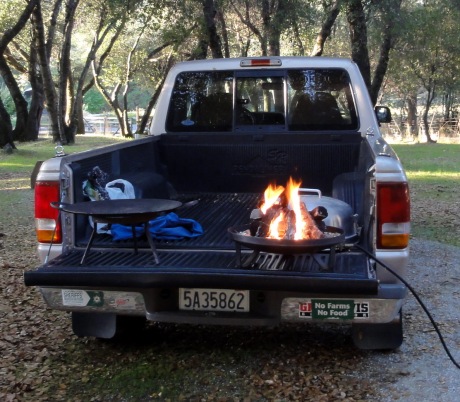




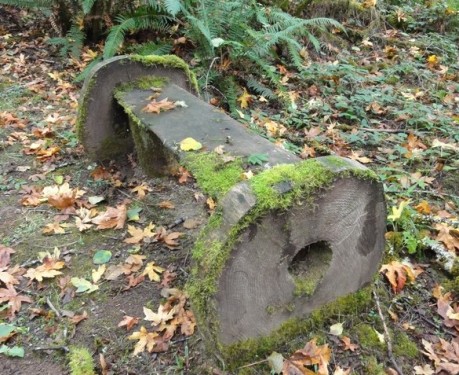





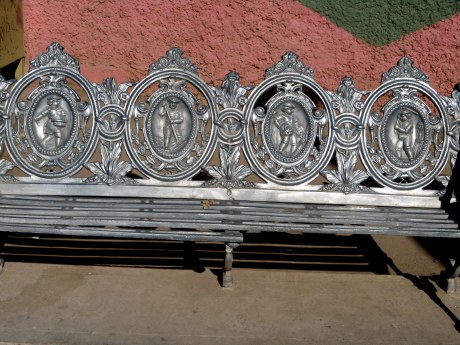


 –
–

